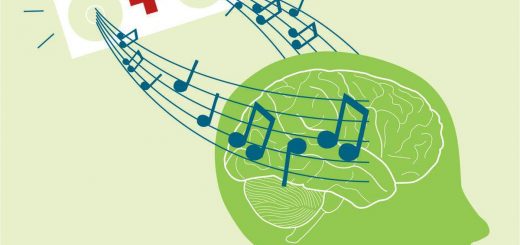Neuroplasticity: Transform Your Brain’s Potential!
In recent years, the concept of neuroplasticity has revolutionized our understanding of the brain. This fascinating ability of the brain to reorganize itself, both structurally and functionally, in response to experience and learning is nothing short of extraordinary. Whether you’re looking to enhance cognitive functions, recover from injury, or simply explore the full potential of your mind, neuroplasticity offers a wealth of possibilities. In this article, we’ll delve into the basics of neuroplasticity and how methods like the Feldenkrais Method can help you harness this incredible capability.
Understanding Neuroplasticity
Neuroplasticity refers to the brain’s ability to change and adapt throughout life. Unlike the old belief that the brain’s structure is fixed after a certain age, we now know that our brains remain malleable. This adaptability allows us to form new neural connections and strengthen existing ones. Factors such as learning new skills, physical exercise, and even mindfulness practices can stimulate these changes, leading to improved cognitive function and emotional well-being.
The Role of the Feldenkrais Method
One of the most effective ways to tap into neuroplasticity is through the Feldenkrais Method. Developed by Moshe Feldenkrais, this approach focuses on gentle movement and awareness to improve physical and mental functioning. By engaging in carefully designed movements, you can rewire your brain to enhance coordination, flexibility, and overall health.
How It Works
The Feldenkrais Method emphasizes slow, mindful movements that encourage exploration and awareness. These movements help break habitual patterns and create new neural pathways. Practitioners often report increased ease of movement, reduced pain, and heightened mental clarity. The method’s effectiveness lies in its ability to make you aware of how you move, which in turn influences how your brain functions.
The Anat Baniel Method: A Modern Take

Anat Baniel, a student of Moshe Feldenkrais, has further developed these concepts through the Anat Baniel Method (ABM). ABM focuses on the idea of “movement with attention” and uses variations in movement to stimulate the brain. This method is particularly effective for children with developmental issues, as well as adults seeking to overcome limitations and improve performance.
Key Principles of ABM
Anat Baniel’s approach is built on nine essential principles, including movement with attention, the learning switch, and enthusiasm. These principles guide practitioners in creating conditions that foster optimal brain plasticity. By applying these principles, you can experience significant improvements in physical and cognitive abilities.
Seeking Professional Guidance
While self-directed practice can be beneficial, working with a trained professional can significantly enhance your experience. Certified Feldenkrais and ABM practitioners can provide personalized guidance and support, helping you achieve the best results. They can tailor sessions to your specific needs, ensuring that you make the most of neuroplasticity’s potential.
Practical Tips for Enhancing Neuroplasticity
You don’t need to limit yourself to formal methods like Feldenkrais or ABM to benefit from neuroplasticity. Here are some practical tips to incorporate into your daily life:
Engage in New Learning
Challenge your brain by learning new skills or hobbies. Whether it’s picking up a musical instrument, learning a new language, or trying out a new sport, novel activities stimulate the brain and encourage the formation of new neural connections.
Stay Physically Active
Regular physical exercise is a powerful tool for promoting neuroplasticity. Activities like walking, swimming, and yoga can enhance brain function and boost mood. Aim for at least 30 minutes of moderate exercise most days of the week.
Practice Mindfulness and Meditation
Mindfulness practices, such as meditation, can help you become more aware of your thoughts and actions. This awareness can lead to positive changes in brain structure and function. Even a few minutes of daily meditation can have profound effects.
Get Quality Sleep
Adequate sleep is essential for brain health. During sleep, the brain consolidates memories and clears out toxins. Aim for 7-9 hours of quality sleep each night to support neuroplasticity.
Maintain Social Connections
Engaging in meaningful social interactions can also boost brain plasticity. Spend time with friends and family, join clubs or groups, and participate in community activities to keep your brain engaged and healthy.
Unlocking Your Brain’s Full Potential
Neuroplasticity offers a gateway to unlocking your brain’s full potential. By understanding and harnessing this incredible capability, you can improve your physical and mental well-being. Whether through structured methods like the Feldenkrais Method and Anat Baniel Method or simple lifestyle changes, you have the power to transform your brain and your life. Start exploring the possibilities today and see just how far your brain can take you.



